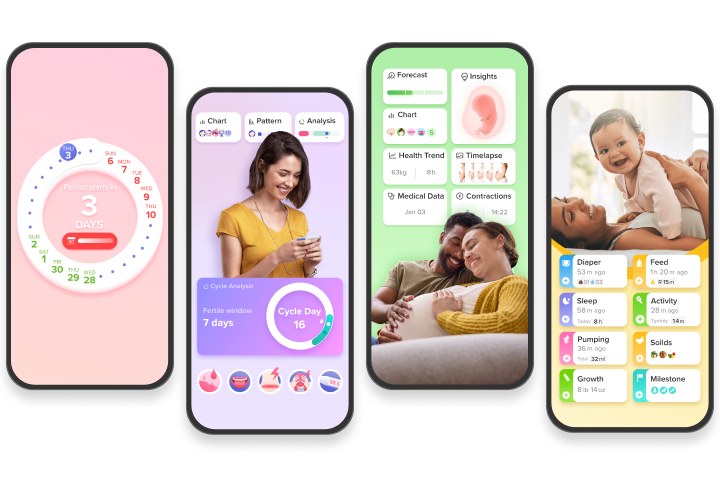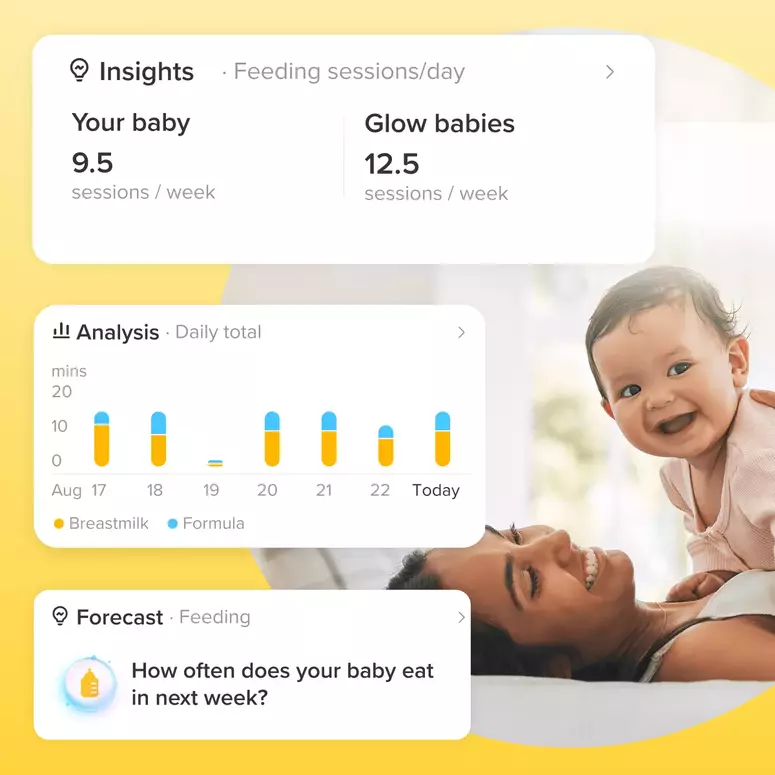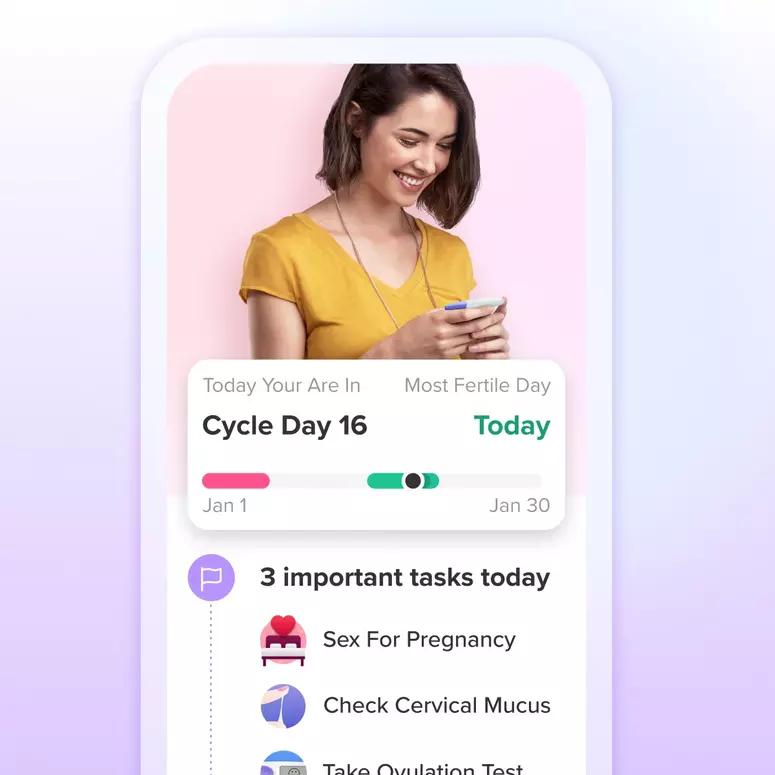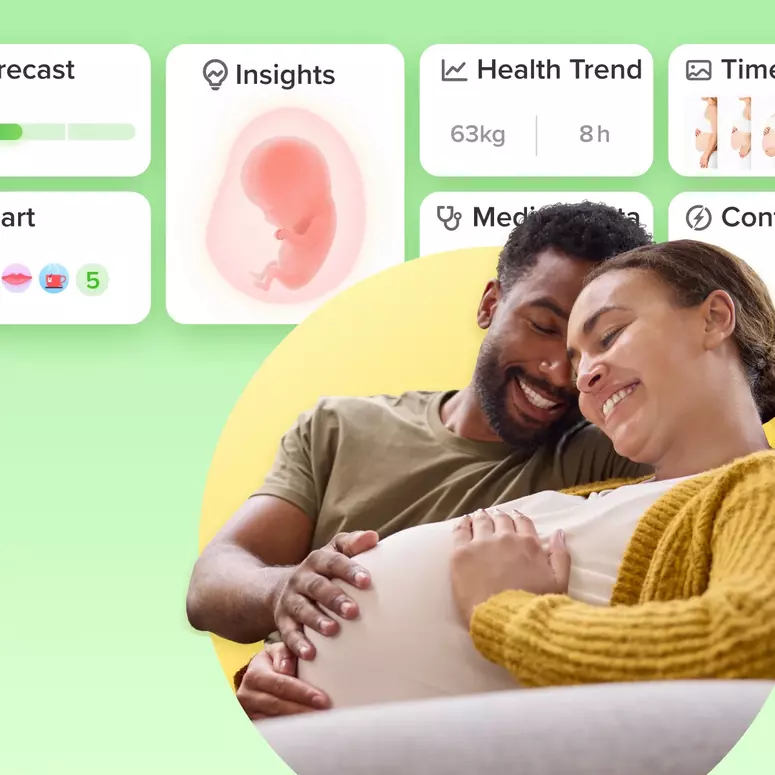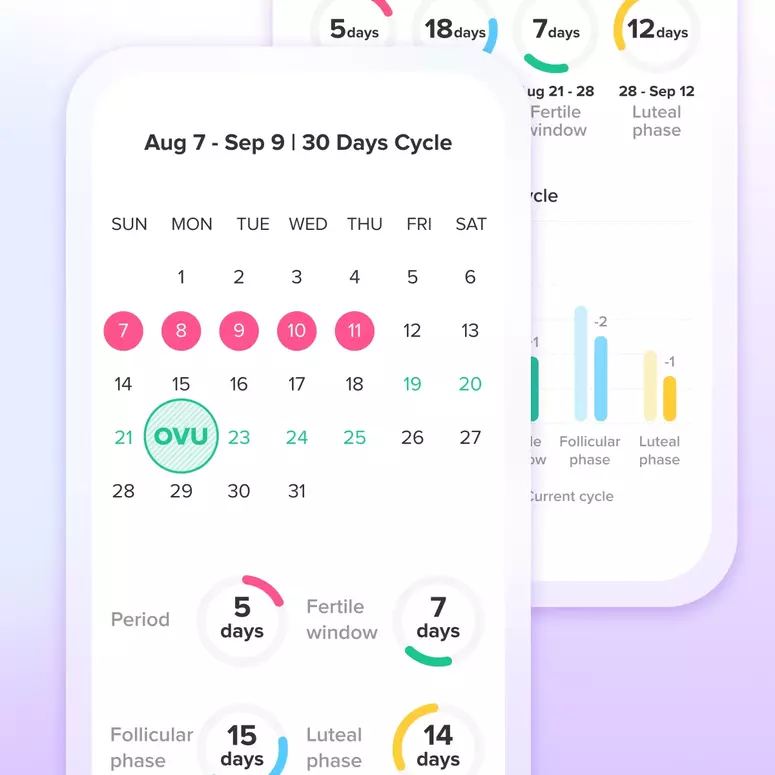Pregnant With Multiples

If you are pregnant with more than one baby, you are far from alone. In the past two decades, the number of multiple births has climbed way up in the United States. In 2005, 133,122 twin babies and 6,208 triplet babies were born in the United States. In 1980 there were only 69,339 twin and 1,337 triplet births.
Why the increase? For one, more women are having babies after age 30. Women in their 30s are more likely than younger women to conceive more than one baby naturally. Another reason is that more women are using fertility treatments to help them conceive. Fertility treatments can increase the likelihood of multiple births.
How twins are formed
Twins form in one of two ways:
Multiple births can be fraternal, identical, or a combination. Multiples associated with fertility treatments are mainly fraternal.
pregnancy with multiples
Years ago, most twins came as a surprise. Now, thanks to advances in prenatal care, most women learn about a multiple pregnancy early. You might suspect you are pregnant with multiples if you have more severe body changes, including:
- Rapid weight gain in the first trimester
- Intense nausea and vomiting
- Extreme breast tenderness
Achieve your health goals from period to parenting.
